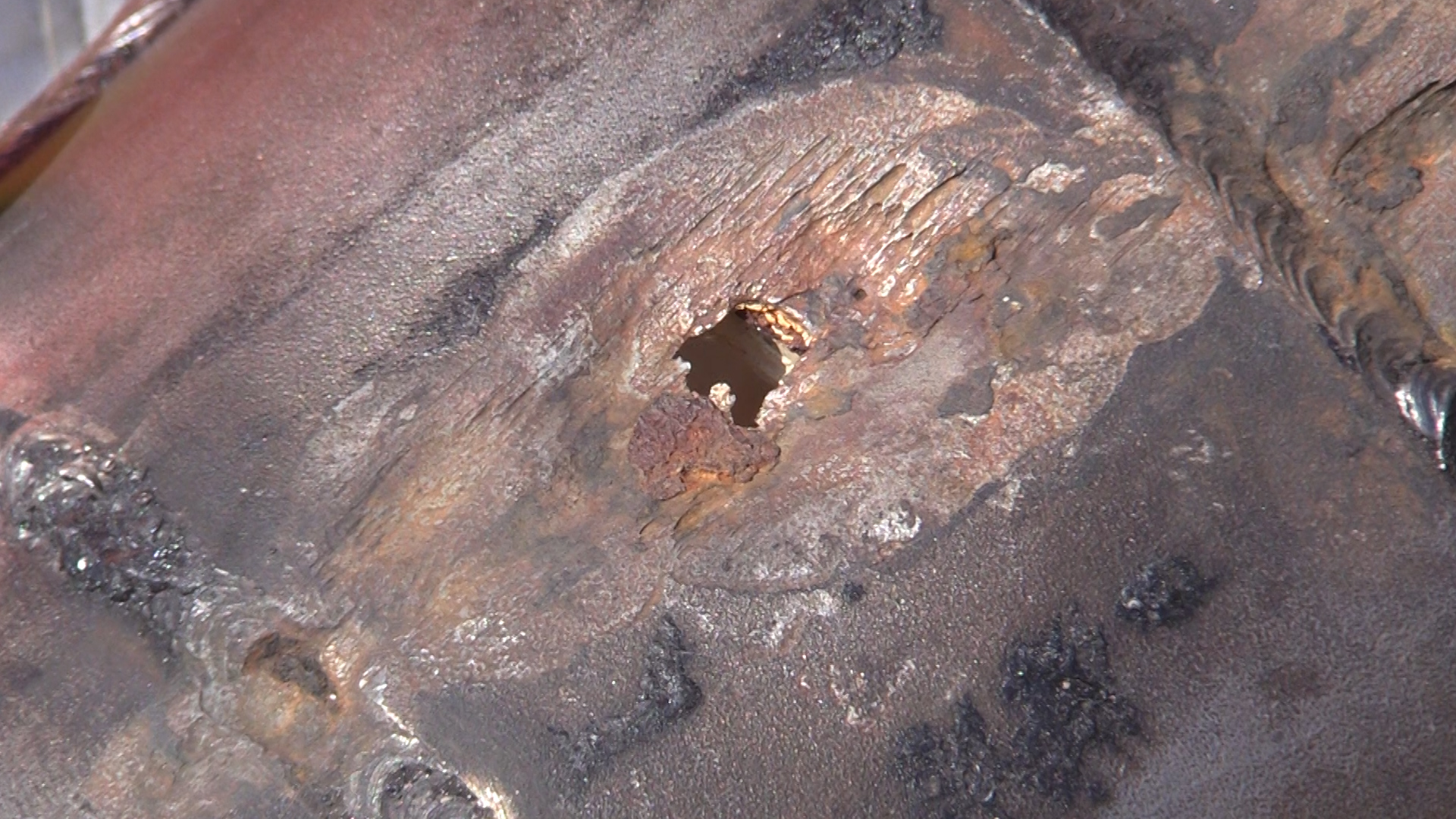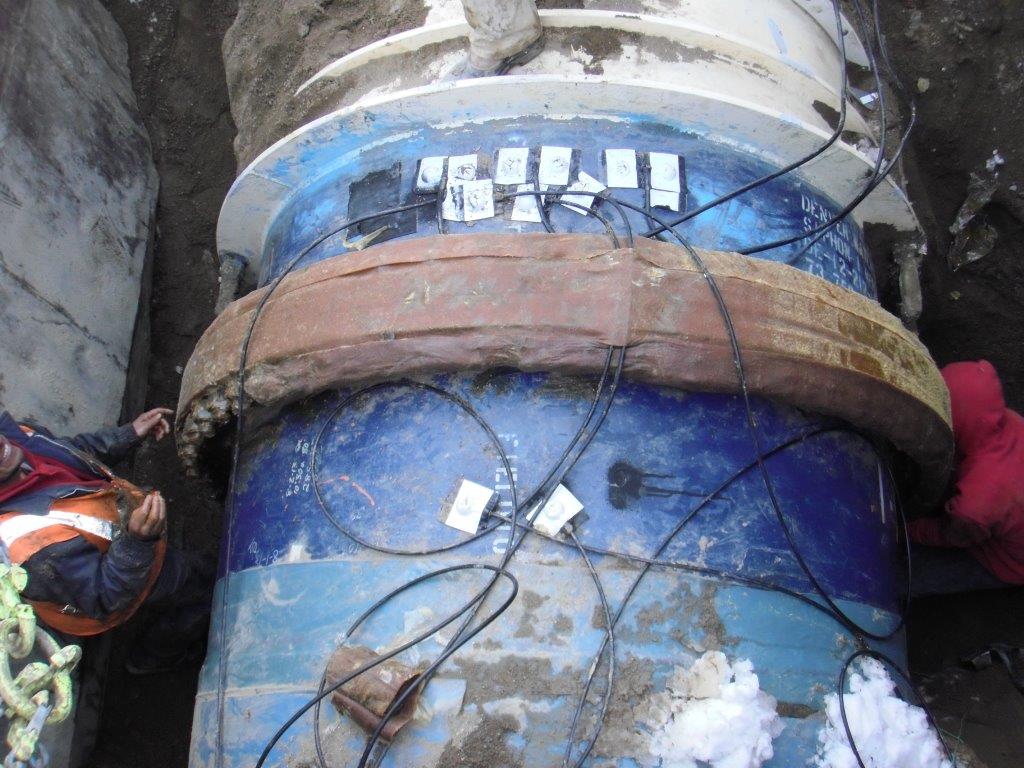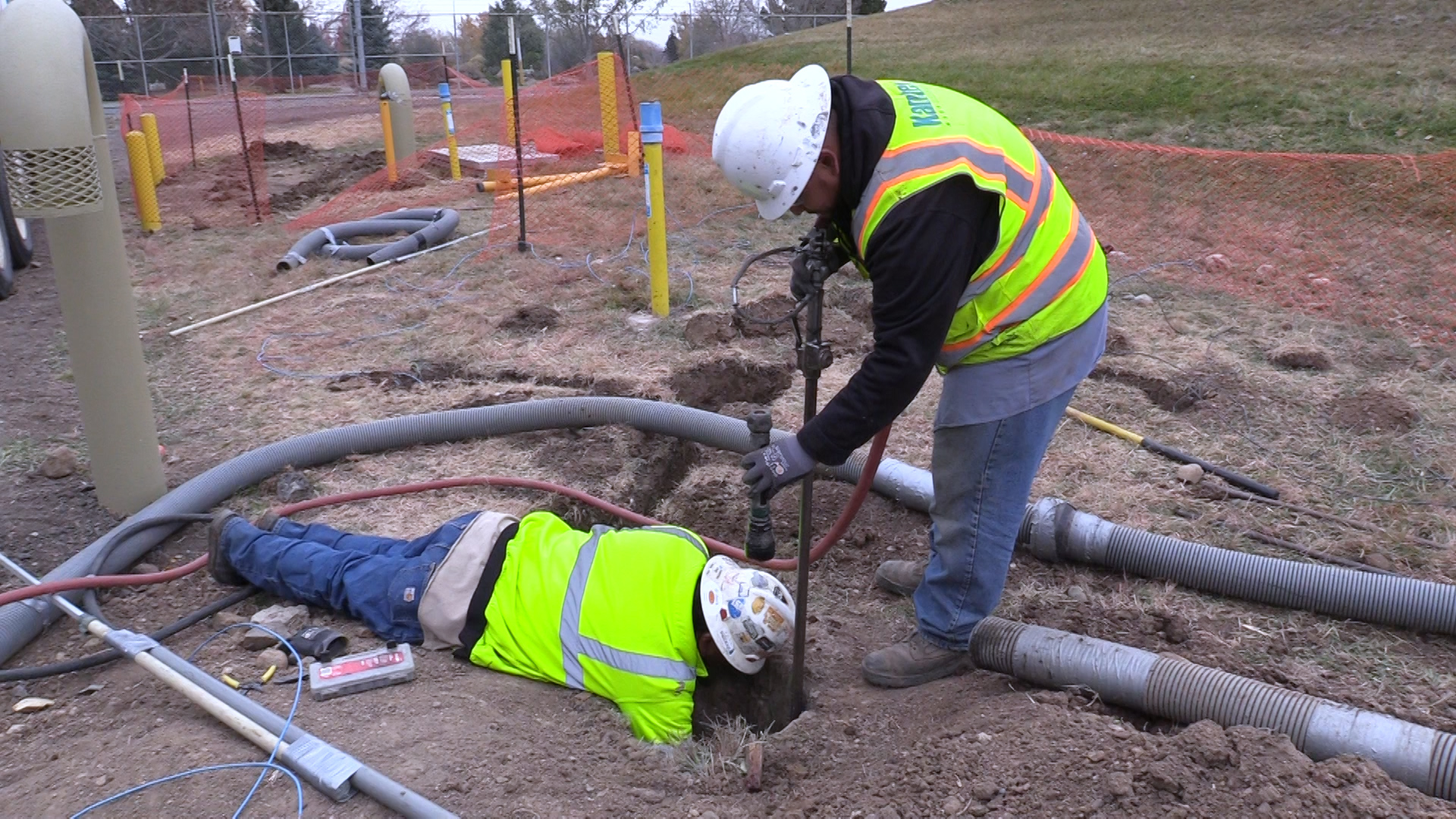
Wired up underground to help prevent main breaks
No one likes to see water rushing down a city street like a river or a plume of water blasting out of a pipe like Old Faithful.
It’s scenes like these that Denver Water’s corrosion control team works to prevent every day.
“Our customers don’t like to see broken pipes and we sure don’t like to see them either,” said Antonio Flori, a corrosion engineer at Denver Water. “Our goal is to protect against corrosion, one of the main reasons that pipes break.”
Corrosion is a naturally occurring process, a chemical reaction that causes metals to decay when they are in contact with the humidity, soil and water in the surrounding environment.
“Over time, corrosion eats away at steel pipes and creates weak spots that can turn into holes,” said Cian Davis, a corrosion engineering specialist at Denver Water. “Once the corrosion reaches a certain level, the pipe will break and fail.”
The corrosion problem isn’t unique to Denver Water. A 2002 study for the U.S. Federal Highway Administration pegged the direct and indirect costs of corrosion on the American economy at $552 billion — a year. In today’s dollars, that’s $772 billion — a year.
Nothing can stop corrosion permanently, but the natural process can be slowed by protective coatings around pipes or fought in other ways.
To fight corrosion, Denver Water installs cathodic protection systems on its pipes made of steel and ductile iron that are more than two feet in diameter.
Cathodic protection is a technique used to control where corrosion occurs by connecting a second, “sacrificial” piece of metal to the pipe. Once buried underground, the cathodic protection system diverts the corrosive effects of the environment away from the pipe toward the second, less-important metal.
In Denver Water’s case, the “sacrificial” metal is a block of magnesium or zinc that is connected to the pipes with wires.
“We’re currently installing cathodic protection on the 84-inch diameter pipeline under construction as part of our North System Renewal project in Jefferson County,” Davis said. “We already have cathodic protection systems on more than 300 miles of pipe across the Denver Water system, and we install about 150 new systems each year to protect existing pipes.”
Denver Water invests more than $2 million annually on cathodic protection systems. Testing stations scattered throughout the service area allow the corrosion group to monitor the underground pipes, which provides a snapshot of the performance of the systems.
The amount of corrosion that occurs on each bag of magnesium varies based on its location and type of soil. But on average, each block can last around 25 years.
Once the magnesium becomes too corroded, the block can be replaced, renewing the pipe’s protection system at far less cost than replacing an entire stretch of pipe. Avoiding the need to replace the protected pipelines lowers Denver Water’s costs — savings that are passed along to customers.
“This program is all about being proactive,” Flori said. “By adding cathodic protection, we can extend the life of our pipes indefinitely which makes for a more reliable water delivery system for our customers.”
It's not economically feasible to install cathodic protection systems on all pipes in Denver Water’s system. That’s why, in addition to the investment in the electrochemical protection systems, Denver Water replaces an average of 60,000 feet of pipe per year and the 2019-2023 Capital Improvement Plan calls for investing $100 million on water main replacement and repair.



